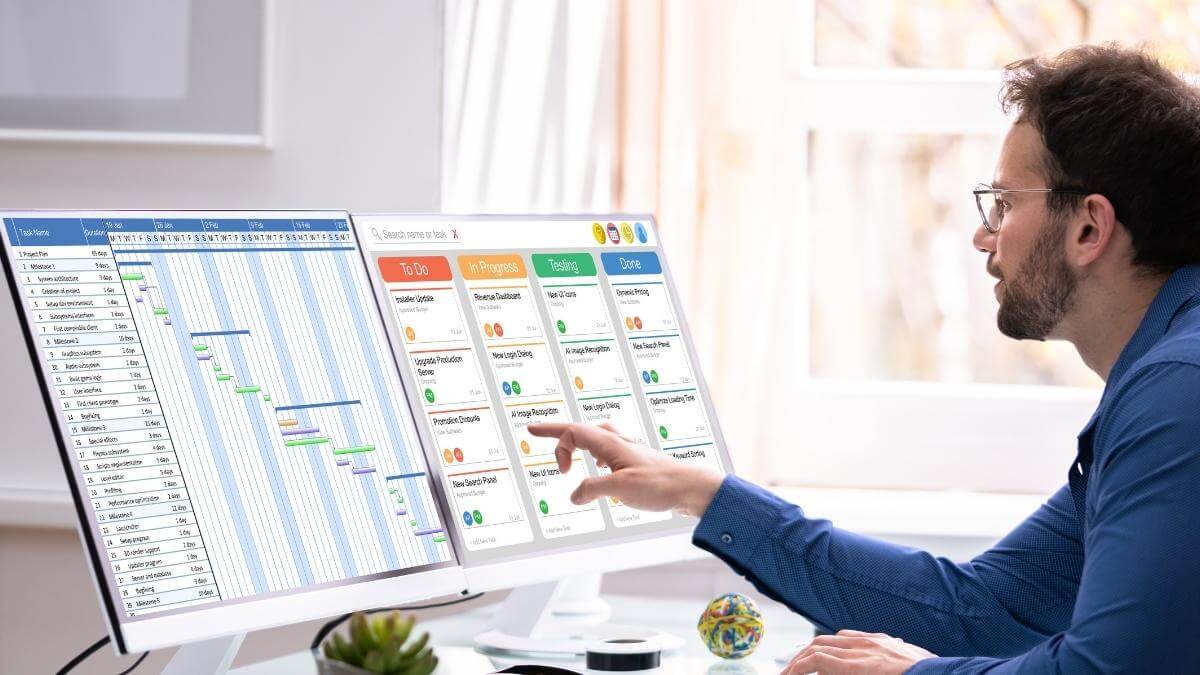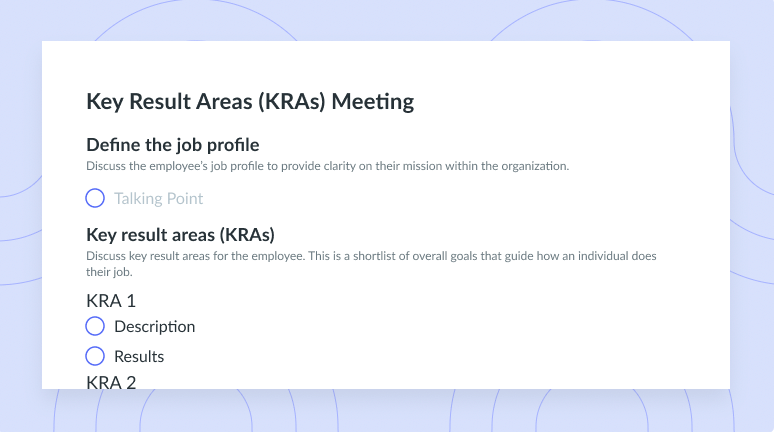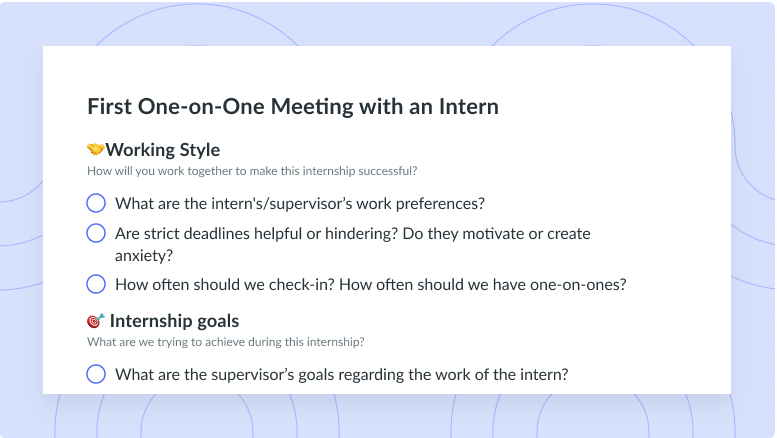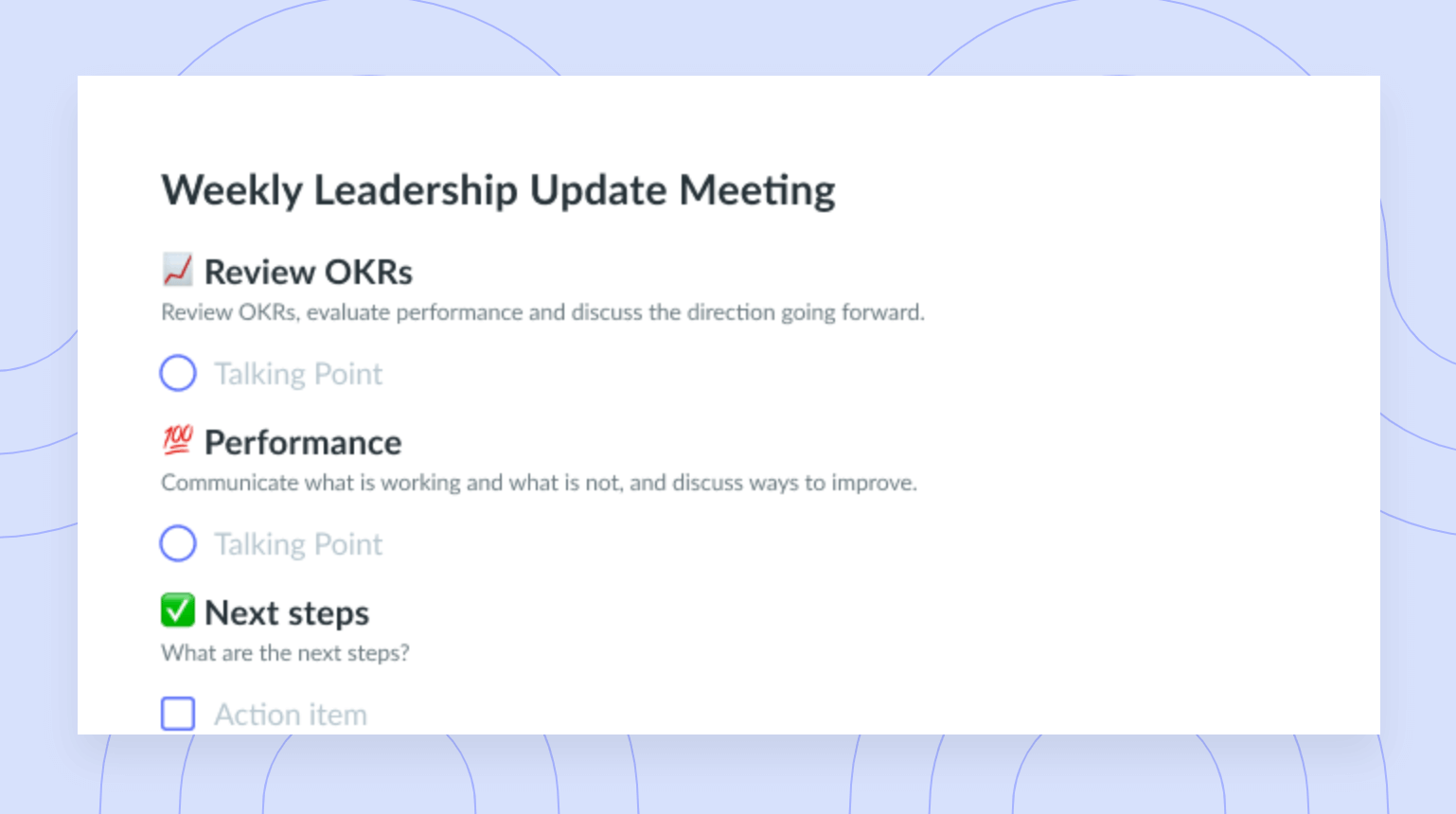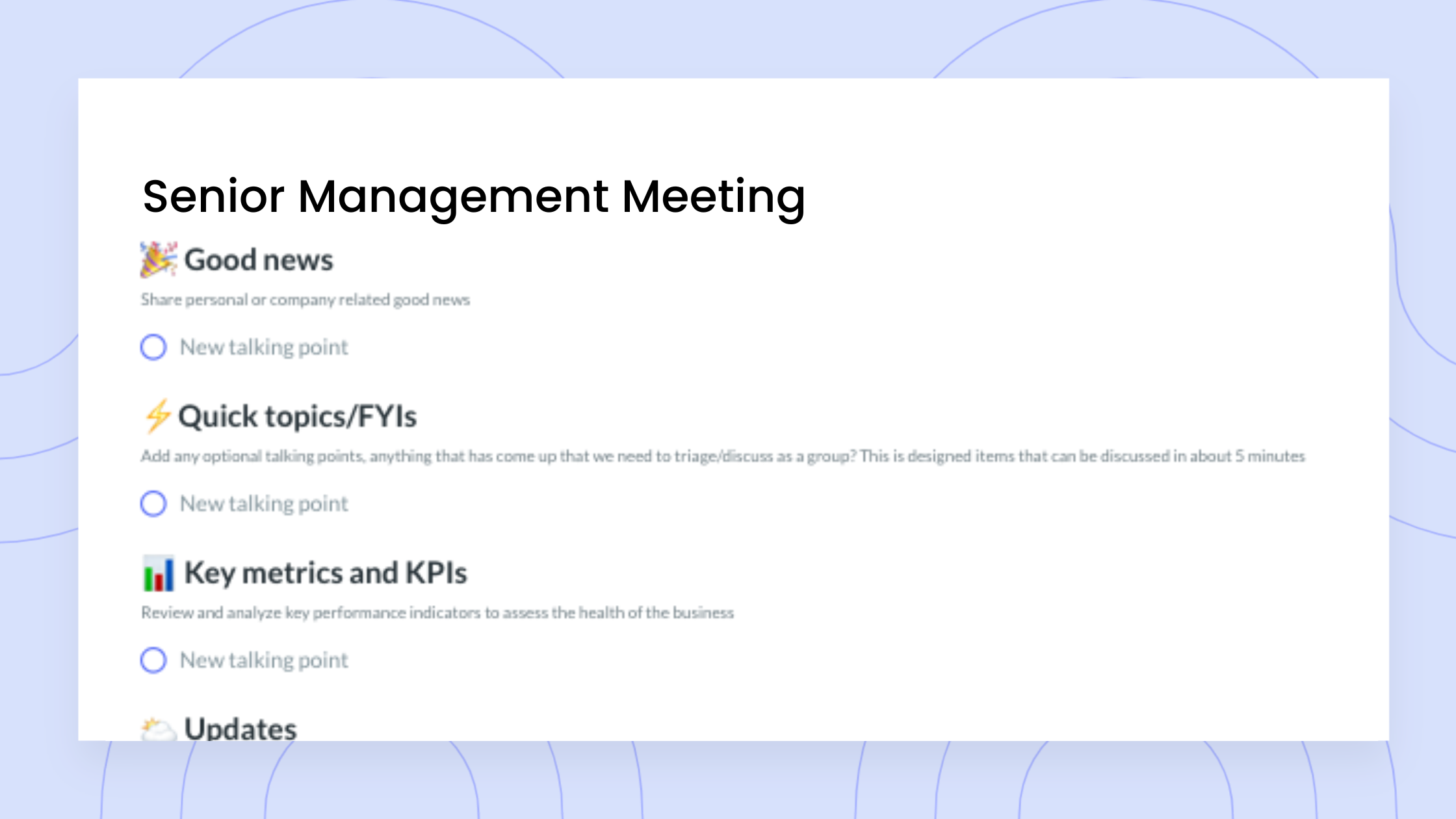Virtual Team Communication: Best Practices to Work Better Together
Follow this virtual team communications guide for a breakdown of challenges and best practices for better communication.
Communication is a vital part of work, but it can be challenging – and that was true long before screens became such a big part of office life. When you’re leading a remote team, it can truly feel like you’re constantly figuring out how to communicate better with everyone. Zoom fatigue is real, but as you add other communication tools to the mix, it can all start to feel like a bit much for your team to monitor and manage. The virtual team communication guide below can help you strike the right balance.
- Why is virtual team communication important?
- How do virtual teams communicate?
- The biggest challenges for virtual teams
- Best practices for virtual team communication
- Five ways to improve communication
Why is virtual team communication important?
OK, we’ll admit it: This question somewhat answers itself. To an extent, virtual team communication is important because any team needs to communicate well to excel.
But when remote work enters the picture, team communication takes on a whole new level of importance.
With everyone physically siloed in their own workspaces, team ownership of your work and the accountability that accompanies it becomes much tougher. That means tasks can slip through the cracks, or your team might not realize how far behind one person is, until it’s too late. And that’s before you take into account that your virtual team members are missing out on spontaneous and meaningful conversations with other in-person folks.
When you prioritize communication in managing virtual teams, you help make up for this gap. The same goes for the team ownership obstacles described above. Virtual team communication is the uniting factor.

Pro tip
Use a meeting management tool like Fellow for all your meetings to create collaborative meeting agendas and shared notes!
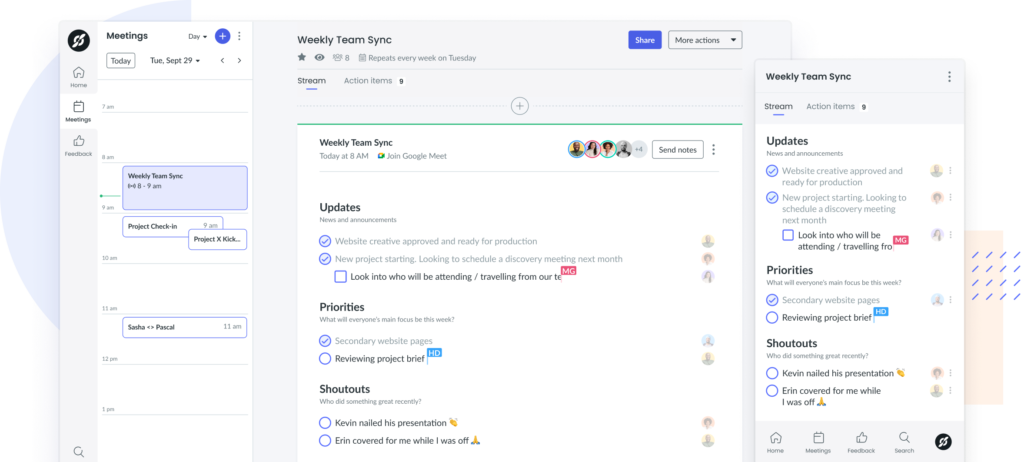
How do virtual teams communicate?
Virtual teams communicate primarily through these channels:
- Instant messaging. Although virtual teams can’t quite get fast help like in-person teams can, with instant messaging, they sure come close. Leading team communication platforms like Slack, which allow for direct messages, group messages, and topic-based discussion channels, can help. Some teams may even want to utilize social media tools like Facebook Messenger to foster communication.
- Video conferencing. This communication tool sprung up in nearly every business affected by work from home restrictions in 2020 and 2021. Tools like Zoom and Microsoft Teams allow for all types of meetings to occur seamlessly from a distance. They’re especially useful for scheduling and holding regular one-on-one meetings with your team.
- Project management software. Workflow management tools are for more than tracking tasks. They’re also ideal for virtual team communication. You and your team can share information via tasks you can comment on and tag people in, leading to a communicative and collaborative remote team. These tools can notify team members of communications via emails or push notifications, so everyone stays on track from afar.
- Email. While emails can quickly add up, they’re also important. When your team can’t be in person, emails are a great way to ask questions too long or complex for quick messages. It’s also the main way you’ll communicate with your clients, who you wouldn’t be seeing daily in person either way.
- Phone. There’s always the good ol’ phone for longer conversations. And yes, your team could ask those questions via video chat, but your team may feel less pressured if they don’t need to get camera-ready. Plus, your phone is typically always on, so it can be a lot faster to reach you that way instead of scheduling a video conference.
The biggest challenges for virtual teams
Earlier in this virtual communication guide, you got a glimpse into the remote team challenges that make communication so important. These challenges are worth looking at in more depth – after all, they’re among your biggest obstacles to full team effectiveness.
Common virtual team challenges include:
- Building trust
- Time zone differences
- Motivation drops
- Burnout
- Distractions
- Lack of body language
- Lack of personal connection
1 Building trust
When your team is remote, you can’t keep tabs on their work as easily. For your team, that might be a liberating feeling. For you, though, you might worry that, when your team can’t see you, they’ll slack off. Project management tools and regular one-on-one meetings can help you track employee progress – and prevent slacking off – without the intrusion.
2 Time zone differences
How can you hold virtual meetings at times that work for everyone when L.A. and London are eight hours apart? In this example, the answer might be to hold your team meetings at 9 a.m. L.A. time and 5 p.m. London time. These times aren’t unreasonable given most folks’ standard work hours, and they fit both time zones like a glove. Another solution might be to have U.S. and Europe meetings where you report one country’s key needs and results to the other. No matter what, your virtual communication technologies will be key.
3 Motivation drops
When everyone is working from their own little oasis, you can’t slide across the room for a spontaneous pep-talk. You’ll need other ways to offer positive feedback that encourages and inspires employees.
The thing is, when nobody else is around you, it can be really easy to focus solely on your own work. That means you might forget to communicate your support and encouragement, and that can leave employees feeling unmotivated.
4 Burnout
With all the time saved from commuting, some team members may think it’s “no big deal” to take an extra assignment. The problem happens when a team member bites off more than they can chew. As a team leader, it’s your job to identify which team members are overworked. It’s also your job to delegate extra work to less busy team members.
Of course, when you aren’t in person, it can be really tough to know who’s overloaded and who can take more work. Looking at everyone’s task list in your project management app can be a great start.
5 Distractions
You know the saying: “Find a job you enjoy doing, and you will never have to work a day in your life.” When Mark Twain said this, he couldn’t have accounted for working from home near your team members’ TV screens or warm beds. Yes, even someone who loves their job might be tempted to escape. And that’s to say nothing of unmotivated employees who just browse the internet instead of working.
Admittedly, you can’t just tell your team to eliminate distractions. Arguably, every time you swung by a team member’s desk with no warning back in the in-person days, you were a distraction. The best you can do is encourage people to regularly take breaks to help them stay focused.
6 Lack of body language
An exasperated facial expression. Hunched-over posture. Arms tense. These are all signs of team members who aren’t feeling invested in their work lately. They’re also all things you can’t fully pick up on when your team is remote.
You can’t sense these emotions quite as well from an instant message or email. For example, via IM or email, the written sentence “I need this today,” though possibly innocuous in person, might come off as harsh. Phone calls and video conferences are obvious improvements, but they can still pale in comparison to seeing the whole picture.
7 Lack of personal connection
Nearly seven in 10 remote employees report feeling disconnected from their teammates. This fact has obvious implications. Why would someone complete tasks when they don’t care a ton about leaving a mess for the rest of the team to clean up?
As a team leader, you can address this problem with several conscious steps to keep your team connected. Create social opportunities like virtual happy hour, host lunches where team members eat “together,” and remember to check in with your team to see how each person is feeling.
What are the best practices for virtual team communication?
To perfect your virtual team communication, you should:
- Use task-appropriate technology
- Coordinate everything
- Hold regular team check-ins
- Develop a communication plan
- Track results instead of time
- Only hold necessary meetings
- Create permanent explanations
1 Use task-appropriate technology
You can inform everyone of your next company-wide meeting via email – no need to directly message everyone or call them. When not solving complex problems, email or messages are done. However, if it’s a big project, you’ll need video conferencing instead. Choosing the right technology for the goal can help keep your communications streamlined, no matter the distance.
2 Coordinate everything
Working from two different versions of the same document or task list can bungle communication. Your team is better off when everyone is sure they’re working from the same information. Project management software is your friend here – when a task has someone’s face and name on it, everyone else can leave it be. Using cloud storage and sync is key as well, so everyone is working with the latest version of any document.
3 Hold regular team check-ins
The best virtual team managers hold team-wide check-ins at least once per week. If your team is handling an especially large number of tasks, twice-weekly check-ins can’t hurt either. And hey, while you’re at it, throw one-on-ones in the mix. The goal is to have as many opportunities as possible to get everyone on the same page. That’s the foundation of good teamwork and communication.
4 Develop a communication plan
You’re probably assuming your team will know which communication tool to use for which concerns. But when you assume, you make a… mistake. Get everyone on the same page with a communication plan instead.
Your communication plan should pair team member needs with communication channels. An example might be, “For short questions about a task, use Slack. For complex questions, schedule a phone call with your supervisor.” This way, you use the best possible virtual communication tool for whichever issues arise.
5 Track results instead of time
Let’s face it: Remote work isn’t exactly conducive to typical nine-to-five workdays. Here’s another thing we should also face: Many teams don’t need 40 hours per employee per week to hit their goals. Plus, since you can’t look over your team members’ shoulders (literally or metaphorically) when they work remotely, good luck tracking their time!
You should thus track your team’s results instead of their time. If a team member meets their goals with one hour left in the workday, are you really going to make them stick around longer? Remote employees shouldn’t have to stay logged on more than is needed to complete their tasks. When you meet all your goals and your team members get a solid work-life balance, everyone wins.
6 Only hold necessary meetings
Meetings have a place and a purpose (well, many purposes). When your team has too many meetings, that sense of place and purpose can evaporate faster than the steam from your office’s coffee maker. (Did that make you miss the office?) As a remote team leader, you should only hold meetings when absolutely necessary.
Yes, weekly team check-in meetings are good, as are weekly one-on-ones with each team member. But if you can solve all your problems through just these meetings, holding extra meetings will just drain your team when they could be hard at work.
7 Create permanent explanations
Let’s say a newer team member has questions about something. In person, you could quickly swing by to answer them. That’s not quite possible with remote teams, nor is constantly interrupting your day to answer every single inquiry.
To benefit new and veteran team members alike, consider developing “permanent explanations” through which you can guide your team when they have questions. This way, you can respond with, “Hey, thanks for asking, try reading or watching this!” You’ll show you’re invested in the team member’s growth without losing focus on your giant task list.
Five ways to improve communication in your virtual team meetings
Not to be a broken record, but weekly team meetings and one-on-ones are ideal for virtual team success. But unsuccessful meetings don’t make for successful teams. Some virtual meeting tips for top-tier communication include:
- Stick to the agenda. A meeting agenda outlines what your team will discuss and how much time each topic gets. This way, your meeting is as streamlined as possible. Plus, if you send your agenda out in advance, your team can come prepared, making for more efficient discussions.
- Include only people who should be there. Only people whose work directly pertains to the discussion should be present. Think about it like this: What if someone whose work isn’t relevant is that person who runs late and causes meeting delays? What if they keep asking questions? Your meeting would’ve been just fine without them, and now, it’s more challenging.
- Train other team members to lead meetings. If your presence isn’t required, you can ask someone else on your team to lead a meeting. If you can step back from some meetings, then you’ll have more time to spend on other tasks.
- Properly check in. Meeting check-in questions should be about more than work. Try asking your team members open-ended questions like “What have you been up to?” Their answers could lead to some big work insights or shed light on who they are outside work. These questions also break the ice to get everyone more mentally in the zone for your meeting.
- Use reliable meeting software. Successful meetings are tougher to have if your video conferencing program experiences interruptions. They’re also hard to have if your calendar just isn’t syncing the right dates and times on everyone’s calendars. Reliable meeting software is the solution, and it comes in all shapes and sizes.
Virtual team communication can truly be seamless
Virtual teams communicate in all kinds of ways about all kinds of problems. The common thread tying together every virtual team communication approach, though, is meeting software technology. This category includes video conferencing apps, project management software, and meeting-specific apps like Fellow. With tools for meeting agendas, meeting minutes, and all kinds of remote team needs, Fellow is your next step to seamless virtual communication.


![How to Effectively Name Your Meetings [+Examples]](https://fellow.app/wp-content/uploads/2023/09/meeting-names.jpg)



